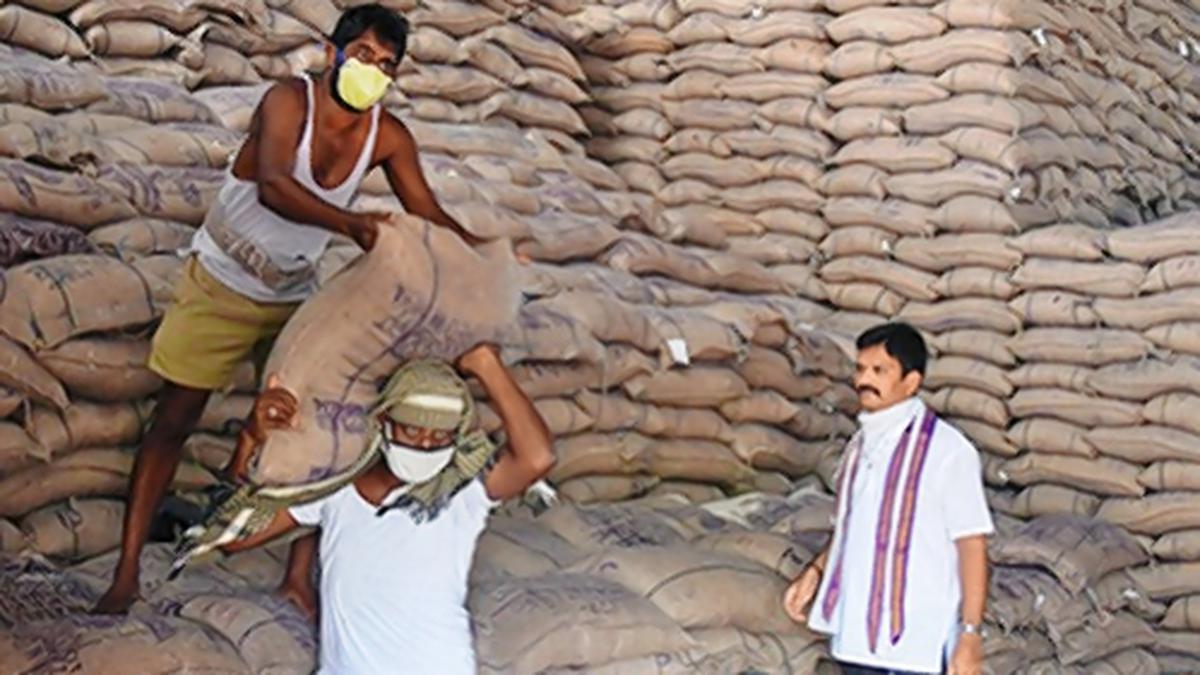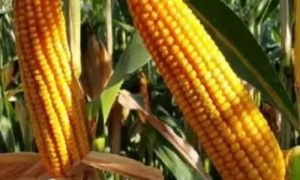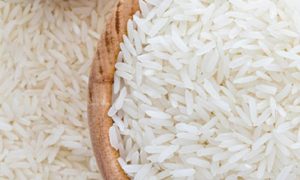What this year’s El Nino means for wheat and global food supply

The World Meteorological Organisation has declared the onset of the first El Nino event in seven years.It estimates 90 per cent probability the climatic phenomenon, involving an unusual warming of the Pacific Ocean, will develop through 2023, and be of moderate strength. El Nino events bring hotter, drier weather to places such as Brazil, Australia and Indonesia, increasing the risk of wildfires and drought. Elsewhere, such as Peru and Ecuador, it increases rain, leading to floods.
The effects are sometimes described as a preview of “the new normal” in the wake of human-forced climate change.
Of particular concern is the effect on agricultural production, and thereby the price of food – particularly “breadbasket” staples such as wheat, maize and rice.
El Nino’s global impacts are complex and multifaceted. It can potentially impact the lives of the majority of the world’s population.
This is especially true for poor and rural households, whose fates are intrinsically linked with climate and farming.
The global supply and prices of most food is unlikely to move that much. The evidence from the ten El Nino events in the past five decades suggests relatively modest, and to some extent ambiguous, global price impacts.
While reducing crop yield on average, these events have not resulted in a “perfect storm” of the scale to induce global “breadbasket yield shocks”.
But local effects could be severe. Even a “moderate” El Nino may significantly affect crops grown in geographically concentrated regions – for example palm oil, which primarily comes from Indonesia and Malaysia.














